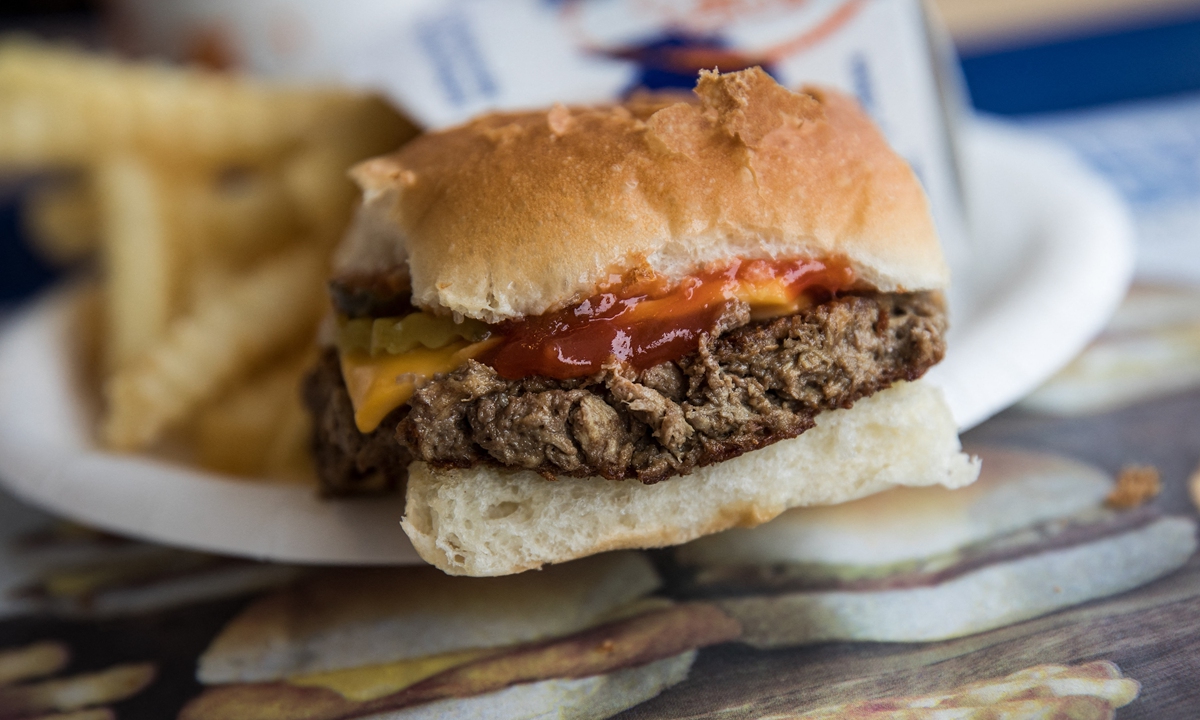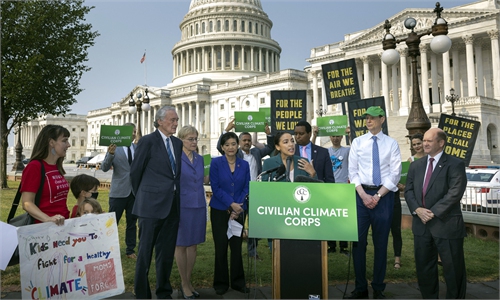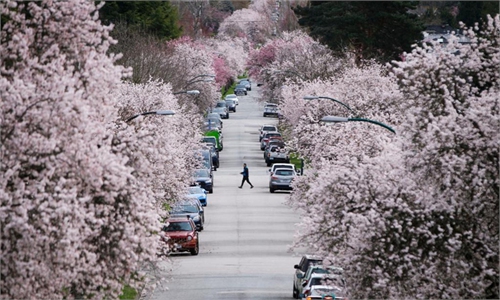Microbe-based faux beef could save forests, cut emissions

A hamburger sits on a table at a White Castle restaurant in the Queens borough of New York City. Photo: AFP
Gradually replacing 20 percent of global beef and lamb consumption with meat-textured proteins grown in stainless steel vats could cut agriculture-related carbon dioxide emissions and deforestation in half by 2050, researchers reported Wednesday.Compared to a current-trends projection for population growth and food demand, swapping half of red meat consumption for so-called microbial proteins would see reductions in tree loss and carbon dioxide pollution of more than 80 percent, they reported in the journal Nature.
"With a relatively small change in the consumption of ruminant meat, greenhouse gas emissions from tropical deforestation can be strongly reduced," said lead author Florian Humpenoder, a scientist at the Potsdam Institute for Climate Impact Research.
"This is an important contribution to reaching the Paris Agreement climate targets, with additional co-benefits for other sustainability goals."
A trio of landmark UN climate science reports since August 2021 have made it alarmingly clear that the Paris treaty's cornerstone target is in serious jeopardy.
The global food system accounts for roughly a third of all carbon pollution, and beef production is the main culprit within the agricultural sector, according to the UN's climate science advisory panel. The cattle industry is a double threat.
It not only destroys carbon dioxide-absorbing tropical forests to make room for grazing pastures and cattle feed crops. In addition, belching livestock are a major source of methane, 30 times more potent as a greenhouse gas than CO2 on a 100-year timescale.
AFP



